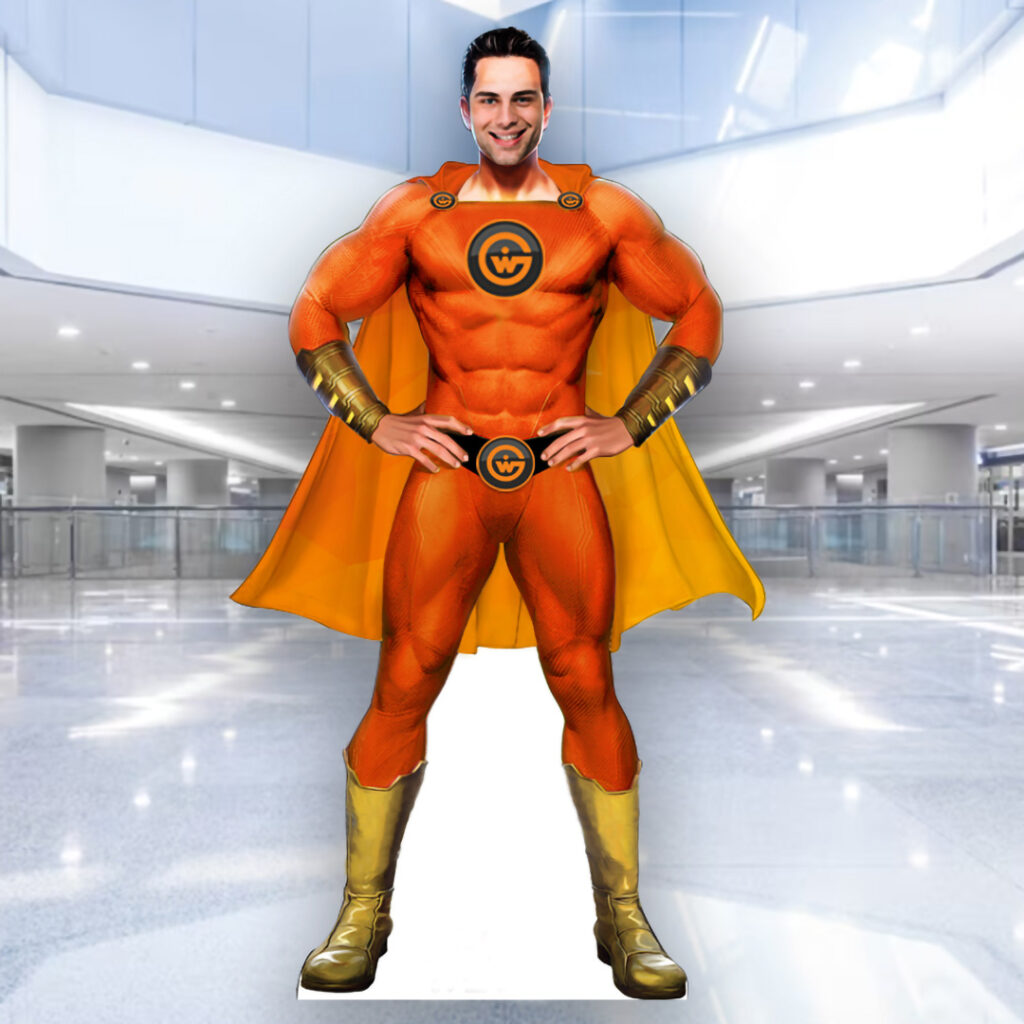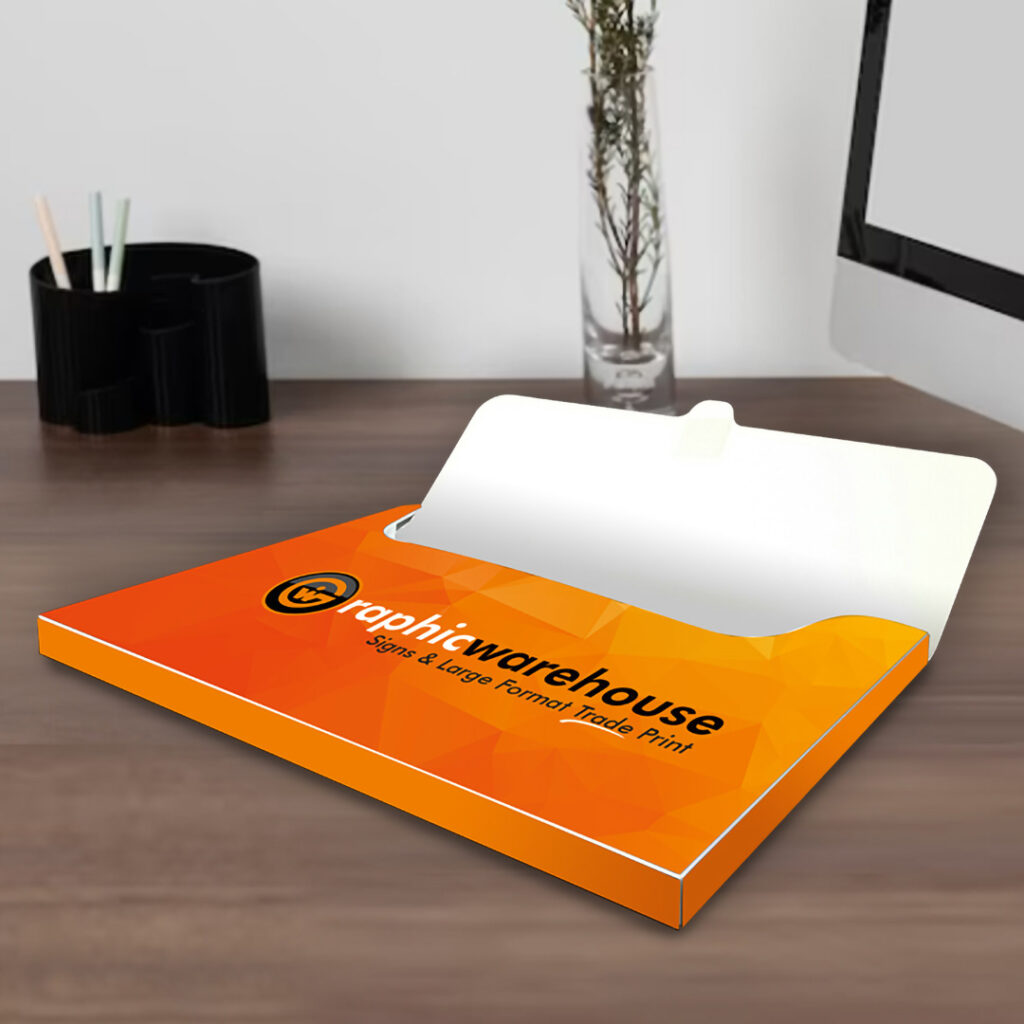In the world of large format printing, the finishing touch often comes in the form of lamination—a process that not only enhances the aesthetics but also serves as a shield, providing durability and protection. In this SEO-optimized guide, we’ll explore the purpose and benefits of lamination, dissect various finishes, and delve into the environmental considerations of this crucial process.
1. The Purpose of Lamination: Aesthetics and Protection
Lamination serves a dual purpose in large format printing. Firstly, it enhances the visual appeal of prints by adding a professional finish. Secondly, it acts as a protective layer, shielding the print from wear, tear, and the elements.
Create Products Like These Easily...
2. Types of Lamination Finishes: Exploring Options
Lamination Finishes:
Matt Lamination: This finish offers a non-reflective, smooth surface, reducing glare and providing a sophisticated matte appearance.
Gloss Lamination: Glossy finishes add vibrancy and depth to colors, making images pop. It’s an excellent choice for high-impact visuals.
Anti-Scuff Lamination: Designed to resist scuffing and scratching, anti-scuff lamination prolongs the life of prints in high-traffic areas.
Slip-Resistant Lamination (Floor Graphics): Crucial for floor graphics, slip-resistant lamination provides a safe walking surface. Safety ratings are often indicated, ensuring compliance with relevant standards.
Anti-Graffiti Lamination: Protects prints from vandalism by allowing easy removal of graffiti without damaging the underlying print.
Dry Wipe Board Lamination: Transforms prints into writable surfaces for presentations, brainstorming, or scheduling, combining aesthetics with functionality.
3. Characteristics of Each Lamination Finish:
Matt: Non-reflective, smooth, and sophisticated appearance.
Gloss: Reflective surface enhancing color vibrancy.
Anti-Scuff: Resistant to scuffing and scratching, ideal for high-traffic areas.
Slip-Resistant: Provides a safe walking surface with designated safety ratings.
Anti-Graffiti: Facilitates easy removal of graffiti without damaging the print.
Dry Wipe Board: Converts prints into writable surfaces for versatility.
Installation of Vinyl With Lamination
I thought it would an interesting point here from my younger days when I was installing. It is always easier to fit a vinyl to a vehicle, window or wall when it has been laminated. You are much less likely to scuff or crease the vinyl because it is usually double the thickness of the vinyl. An important point to add is that the vinyl should match the lamination, otherwise if the 2 materials shrink, they will shrink at different rates and may fail.
4. Environmental Impact of Lamination: Balancing Protection and Eco-Friendliness
5. Alternatives: Reboard and Xanita Board
Reboard: Made from recycled paper and offering impressive rigidity, Reboard is an eco-friendly alternative. While it may not provide the same level of protection as lamination, it excels in sustainability.
Xanita Board: A lightweight and sustainable option, Xanita board is made from recycled paper fibers. It is a greener choice for environmentally conscious projects, albeit with a compromise on the level of protection.














































































































































Please login to post a comment.